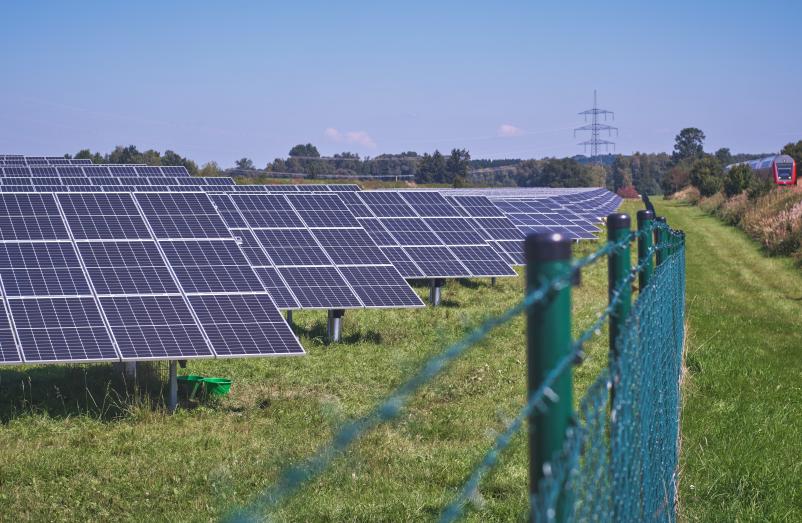Breadcrumb
Whether it's incentives or regulatory reform, collaboration is key to net zero efforts
Our CEO Jon Phillips reflects on last week's Mansion House speech as well as US and UK efforts to promote sustainable investment

“We must go further,” the Energy Secretary Grant Shapps said of the net zero investment challenge in a government communiqué ahead of last week’s Climate Finance Mobilisation Forum in Windsor, “the scale of this transition requires trillions in private investment in addition to the public funds we are spending.”
“No government can solve this crisis by itself,” US Envoy John Kerry concurs in the same release, ahead of the pair’s meeting with the King and industry leaders, “We need to work together with the private sector.” “Since day one,” he adds, “President Biden has taken decisive action to mobilize an unprecedented effort to tackle the climate crisis.”
That last claim from Kerry is a bold one, but one that’s hard to refute.
Since Joe Biden took office, the almost $1 trillion in direct infrastructure funding and green incentives that his administration has unleashed is driving exactly the kind of additional investment that both officials describe.
Among our members – pension, sovereign wealth and independent investment funds with $1.6 trillion in infrastructure assets under management – four in 10 are planning to invest $5bn or more to achieve net zero emissions across their US assets over the coming five years. That compares to just two in 10 in Europe.
In his Mansion House speech, a debt-conscious Jeremy Hunt steered UK investment policy away from new spending and towards regulatory reform.
There’s a lot to be said for that approach too: the world’s biggest investors – whose job it is to seek a fair return for pension savers by investing billions in long term infrastructure – say regulatory reform that enables delivery of projects is their number one ask of global governments.
Hunt’s commitment to give pension funds greater freedoms to invest in infrastructure assets, without being prescriptive, is a positive one. Around 10 million members of the UK’s National Employment Savings Trust already benefit from infrastructure investment, providing them with financial returns and communities with improvements in energy, transport and utility networks.
But, with net zero targets closing in, and a general election on the horizon, he must go further. Investment in critical infrastructure can be a vote winner. The urgency of the climate change challenge makes it a pressing necessity.
So, with the public finances stretched, how can this government lead the way in mobilising more of the trillions that Shapps refers to? It could start by taking a leaf out of its own book. Specifically, the economic regulation policy paper it published more than 500 days ago, containing welcome plans to make long-term investment requirements central to the remits of regulators, harmonize their benchmarks across industries, and improve transparency around their decision making. You know it’s high time to turn words into action when they were published in the days of the BEIS acronym.
Policymakers should also be embracing more of the National Infrastructure Commission’s meticulous policy recommendations, reforming our planning system to make greater inward investment deliverable and being crystal clear in the crowding-in aims of the UK Infrastructure Bank.
Infrastructure investor sentiment towards the UK has yet to fully recover from a big slump last autumn and restoring it will depend on genuine collaboration between policymakers and investors.
“We must,” as Shapps says, “do it together.”
A version of this opinion piece originally appeared in City AM.